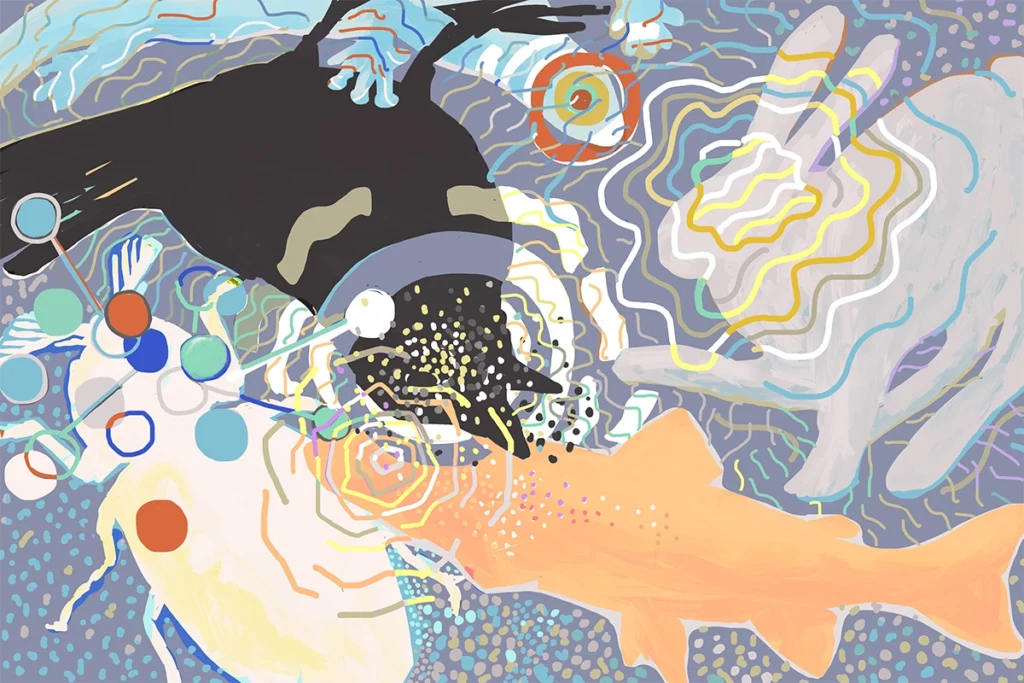Hakwan Lau is co-director of the Center for Neuroscience Imaging Research and professor of biomedical engineering at Sungkyunkwan University. He is supported by the Institute for Basic Science in Korea. Previously he worked at the RIKEN Center for Brain Science; the University of California, Los Angeles; Columbia University and University College London. He obtained his D.Phil. in 2005 from Oxford University, and his undergraduate degree in 2001 from the University of Hong Kong, where he studied philosophy and cognitive science. He is the author of “In Consciousness We Trust,” an open-access academic monograph.

Hakwan Lau
Professor of biomedical engineering
Sungkyunkwan University
From this contributor

Premature declarations on animal consciousness hinder progress
Selected articles
- “Where is the ‘posterior hot zone’? Open review of Ferrante et al. (2023): “An adversarial collaboration to critically evaluate theories of consciousness” (by the ARC-Cogitate Consortium)” | PsyArXiv
- “Multivoxel pattern analysis reveals dissociations between subjective fear and its physiological correlates” | Molecular psychiatry
- “Should a few null findings falsify prefrontal theories of conscious perception?” | Journal of Neuroscience
- “Towards an unconscious neural reinforcement intervention for common fears” | PNAS
Explore more from The Transmitter
Psychedelics research in rodents has a behavior problem
Simple behavioral assays—originally validated as drug-screening tools—fall short in studies that aim to unpack the psychedelic mechanism of action, so some behavioral neuroscientists are developing more nuanced tasks.

Psychedelics research in rodents has a behavior problem
Simple behavioral assays—originally validated as drug-screening tools—fall short in studies that aim to unpack the psychedelic mechanism of action, so some behavioral neuroscientists are developing more nuanced tasks.
New organoid atlas unveils four neurodevelopmental signatures
The comprehensive resource details data on microcephaly, polymicrogyria, epilepsy and intellectual disability from 352 people.

New organoid atlas unveils four neurodevelopmental signatures
The comprehensive resource details data on microcephaly, polymicrogyria, epilepsy and intellectual disability from 352 people.
Can neuroscientists decode memories solely from a map of synaptic connections?
Five experts discuss the progress, possibilities and hurdles of decoding a “nontrivial” memory from an organism just by analyzing its brain connectivity patterns.
Can neuroscientists decode memories solely from a map of synaptic connections?
Five experts discuss the progress, possibilities and hurdles of decoding a “nontrivial” memory from an organism just by analyzing its brain connectivity patterns.